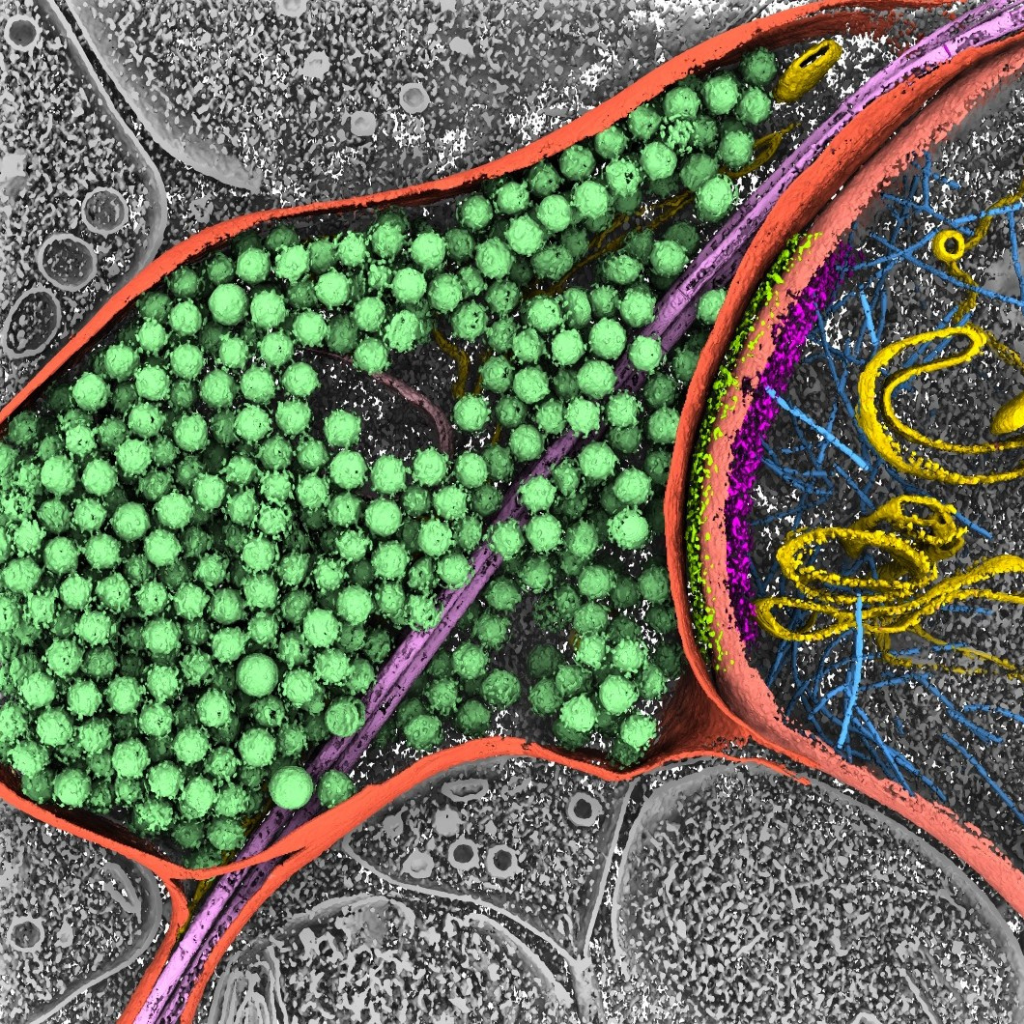Application Scenarios
Cryo-electron tomography is widely used in the study of fundamental life processes, enabling high-resolution resolution of various cellular ultrastructures such as organelles, cell membranes, and protein complexes, contributing to a deeper understanding of cellular structure and function. This technology plays a crucial role in investigating the structure and lifecycle mechanisms of pathogens (viruses and bacteria), aiding in revealing the mechanisms of disease occurrence and transmission pathways, thereby providing a basis for drug discovery and treatment. Cryo-electron tomography can present the structures of proteins, complexes, and ligands in near-natural states, offering essential information for the design, optimization, and screening of structure-based antibody drugs, enzymes, and small molecule drugs, thereby advancing drug development.


